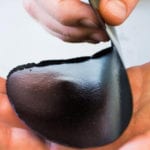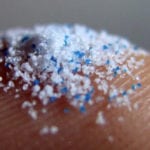 Weird Stuff
Weird Stuff  Weird Stuff
Weird Stuff  Our World
Our World 10 Ways Your Christmas Tree Is More Lit Than You Think
 Movies and TV
Movies and TV The 10 Coolest Stars to Set Sail on The Love Boat
 History
History 10 Things You Didn’t Know About the American National Anthem
 Technology
Technology Top 10 Everyday Tech Buzzwords That Hide a Darker Past
 Humans
Humans 10 Everyday Human Behaviors That Are Actually Survival Instincts
 Animals
Animals 10 Animals That Humiliated and Harmed Historical Leaders
 History
History 10 Most Influential Protests in Modern History
 Creepy
Creepy 10 More Representations of Death from Myth, Legend, and Folktale
 Technology
Technology 10 Scientific Breakthroughs of 2025 That’ll Change Everything
 Weird Stuff
Weird Stuff Ten Bizarre Facts About The Doge Meme
 Our World
Our World 10 Ways Your Christmas Tree Is More Lit Than You Think
 Movies and TV
Movies and TV The 10 Coolest Stars to Set Sail on The Love Boat
Who's Behind Listverse?

Jamie Frater
Head Editor
Jamie founded Listverse due to an insatiable desire to share fascinating, obscure, and bizarre facts. He has been a guest speaker on numerous national radio and television stations and is a five time published author.
More About Us History
History 10 Things You Didn’t Know About the American National Anthem
 Technology
Technology Top 10 Everyday Tech Buzzwords That Hide a Darker Past
 Humans
Humans 10 Everyday Human Behaviors That Are Actually Survival Instincts
 Animals
Animals 10 Animals That Humiliated and Harmed Historical Leaders
 History
History 10 Most Influential Protests in Modern History
 Creepy
Creepy 10 More Representations of Death from Myth, Legend, and Folktale
 Technology
Technology 10 Scientific Breakthroughs of 2025 That’ll Change Everything
Top 10 Strange (And Revolting) Facts About Synthetic Inventions
Modern technology is making the world more synthetic. Some inventions that mimic real things are valuable—like the fake snot that fights diseases. But other creations are downright strange. The first true synthetic creatures are now challenging the definition of life while there are dogs that die to keep real canines alive.
The art of mimicking also has a dark side. A thriving black market exists for fake pee and there is even synthetic fraud.
10 Facts We All Get Wrong About Colors
10 Eggs Without The Chicken

Anti-meat activists and scientists have been trying to replace the egg for a long time. Every year, chickens lay nearly 2 trillion eggs. The birds are kept in cramped conditions and most will never see the sun. Chicken farming also leaves a negative footprint on the environment.
Egg substitutes are nothing new. But these products are famous for tasting bad and nothing like the real thing. The problem is that eggs have properties that are hard to mimic. One trait is the ability to emulsify other ingredients, that is, to successfully mix things that are hard to blend (like oil and water).
A company called Hampton Creek Foods is systematically combing through hundreds of plant-based substances to find a good emulsifier. Indeed, they are dedicated to creating the perfect synthetic egg. The company enjoyed some success after they created a powdered egg that is nutritional and indistinguishable from real eggs when used in baking.
9 Fake Mucus

Synthetic snot is a real thing. It sounds like it belongs with party favors such as fake vomit but the truth is more remarkable. The invention is potentially life-saving. But to understand why anyone would go through the trouble of making bogus boogers, one must look at why the body is a snot-machine.
Produced in vast quantities every day, mucus keeps delicate tissues moisturized. By far the most important duty is to fight infections. Mucus behaves like a sticky trap for microbes. The body also uses mucus to expel these unwelcome organisms. A synthetic version could fight infectious diseases by mimicking the trapping ability and antimicrobial properties of real mucus.
The problem was mucins. These proteins are the building blocks of mucus and are incredibly hard to fake. But a team from MIT persisted until 2021 when they managed to create artificial mucins. The good news did not end there. The synthetic slime particles worked better than the real thing.
8 Food From Electricity

Imagine this unusual recipe. Add a dash of microbes and carbon dioxide to water, fry with electricity, and serve. The resulting food is a protein powder that is synthetic but so nutritious that it could feed millions. The creation process is also not that complicated. When Finnish researchers came up with the idea, they made it work by simply using the raw materials, water, and electrolysis.
So why is world hunger still a thing?
The current model needs about two weeks to whip up 1 gram of the powder. This was back in 2017. To update the system and produce food at a commercial level would take another 10 years or more.
7 A Living Robot
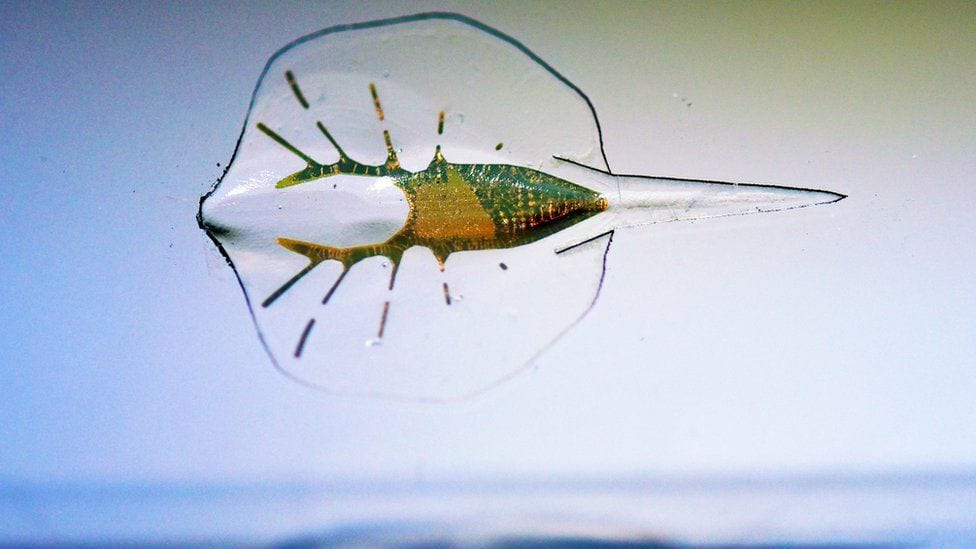
Some call this synthetic creature the rat-ray. The name adequately describes its, uhm, parents. The robot looks and moves like a stingray and roughly 200,000 living cells cover its body. These are the heart cells of a rat. The robot also has a skeleton made of gold.
The animal was not created from whimsy. Researchers wanted to learn more about hearts. If they could engineer heart cells to do what they want and behave in a certain way, then that could open the door to creating synthetic hearts that look and work like the real organ.
The rat-ray was a success. The heart cells were engineered to respond to light by contracting. When tested with a flashlight, the cells responded and created ripples through the ray’s wings that propelled it towards the light. The gold skeleton also acted like a battery that stored energy from each contraction to keep the rat-ray moving towards the last point of light when the flashlight was turned off.
6 A Black Market For Pee
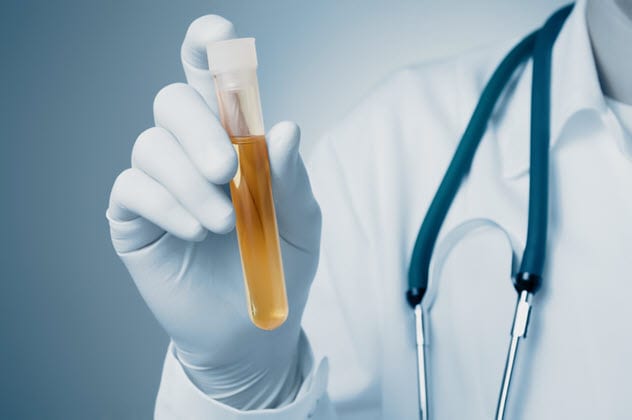
In the United States, there is an insatiable demand for synthetic urine. The buyers are not scientists who need a ready supply for experiments ( as opposed to getting a volunteer to pee in a cup). Nope. The customers lining up to get their bogus pee are about to cheat on a drug test.
The product is legal in some states. However, the cheating is now so rampant that more states are moving to ban it.
The pee is available at online shops but it sells even faster on the black market. A popular place where buyers go to pick up their drug-free urine is at truck stops. The demand is so high that sellers cannot keep up. Being a pee-dealer might not be the most glamorous job in the world but it is certainly profitable.
5 A Dog That Dies For Vets
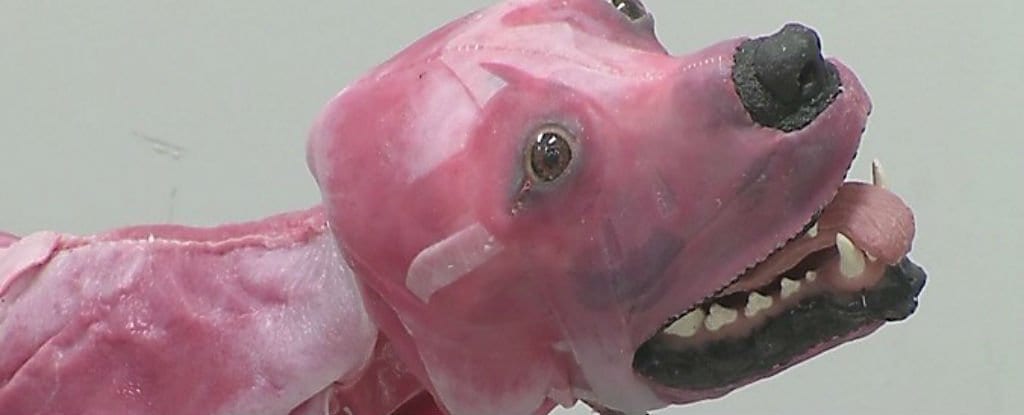
A product of SynDaver Lab, these dogs look like they have been skinned alive. But the synthetic dogs are changing the way that vet students operate. In the past, there was an unfortunate practice called “terminal surgery.” To teach students the ropes, pets from shelters were operated upon and once the procedures were done, the animals were killed.
The SynDaver project could help to completely phase this out. Although they look nauseating, the fake pooches are capable of remarkable things. They breathe, have a heartbeat and blood circulation, skin that feels like the real thing, they bleed, and offer a chance to practise different surgeries—including brain surgery. Among the most complex feats are dogs’ ability to simulate illnesses, diseases, and complications. And yes, when the student messes up, the dog also dies.
4 Patients Want This Poop

There is an unlovable bacterium called Clostridium difficile. Doctors hate the organism because once the gastrointestinal system is infected, the bacterium is almost impossible to remove through conventional medicine. Patients hate it because the infection puts them in hospital. Worse, the only way to fight C. difficile is to get a stool transplant from a human donor. Not a fun thought.
But in 2013, the victims of this bacterium could finally smile. A synthetic version of human faeces was created in the lab from other intestinal bacteria. It was designed to be ultra-probiotic and a huge selling point was that it never came from another person. Called RePOOPulate, it was also more reliable and safer to use than real faeces. But best of all, it also offered long-term protection against future re-infections.
3 Designer Autopsies
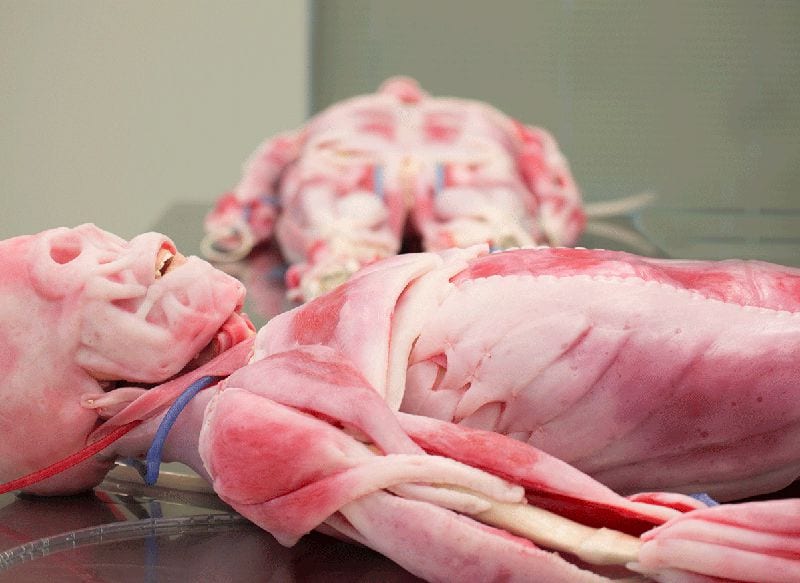
Some call them synthetic cadavers. Others refer to the bodies as synthetic live people. Either way, the uncanny corpses are made by the same company that brought you the dog that lives and dies for vets. This time, SynDaver created artificial humans to replace actual people in medical experiments and autopsies.
The company created over 100 different types of tissue, from fat to muscle, tendons and skin, to closely mimic their real counterparts. Some of the bodies have beating hearts and working body functions. Buyers do not have to shell out thousands for an entire fake person. SynDaver builds things to order. Just want a femoral artery or an organ with lesions? It is in the mail.
Besides offering designer autopsies, a SynDaver body also does not have to be frozen like a real body and students also receive invaluable practice on synthetic infants (donating a real baby’s body to science remains unlawful).
2 Synthetic Fraud

The definition of a synthetic creation is something that mimics a biological person, animal, or plant. In the case of synthetic fraud, a living person’s identity is cloned and abused. This complex crime involves social security numbers, personal and fake information, and ironically—years of good behaviour.
Somebody who commits synthetic fraud often spends years paying the bills like an upstanding guy. But this is a clever tactic. It wins the trust of lenders because the criminal appears like a person who can be trusted with money. When the time comes, the fraudster borrows a massive amount or orders expensive products, abandons the false ID associated with the act, and disappears.
Banks and lenders usually have to cough up the missing funds because tracking down the thieves is difficult. Victims who had their social security numbers stolen are also left with some explaining to do.
Synthetic fraud is not rare. According to security experts, this is the fastest-growing financial crime in the United States.
1 An Organism Making Unknown Molecules
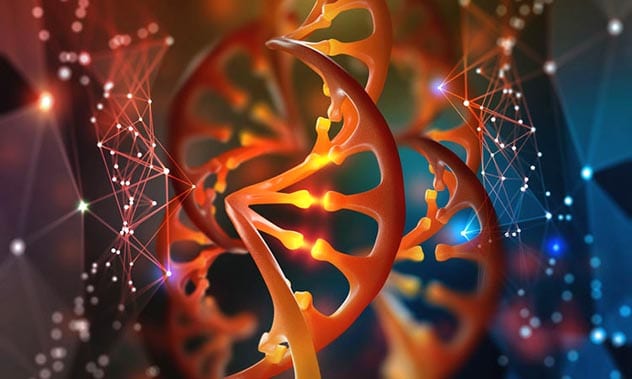
Most life on Earth has DNA that consists of four nucleotides. They are referred to as A, C, G, and T. But in recent times, scientists added two unnatural nucleotides to bacteria. The latter was the rather deadly E. coli bacteria and the extra building blocks, X and Y, turned it into a semi-synthetic organism that was completely new to the world.
Being the first 6-nucleotide DNA thingy was already a milestone. But the altered bacteria had more to offer. The new life-form created molecules that are not found in nature. These molecules are proteins and a byproduct created when the bacterium interacts with the X and Y to store or retrieve genetic information.
Nothing on Earth decodes its DNA in quite the same way. Scientists are not quite sure what to make of this but one thing is for certain—the definition of life just became a lot more complex.
Top 10 Fascinating Facts Involving Numbers

